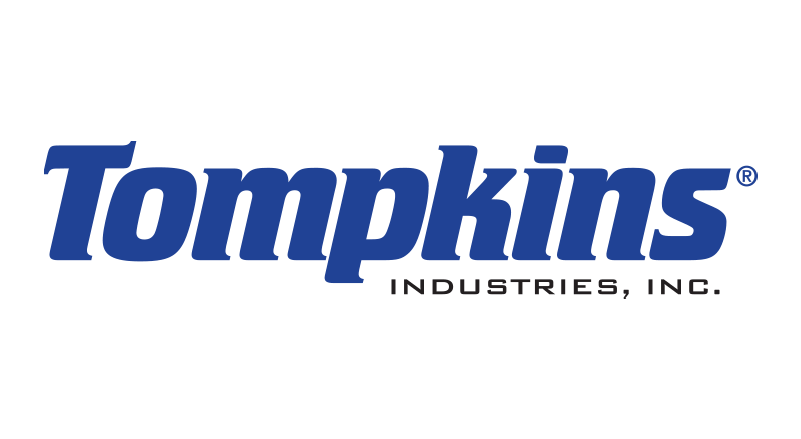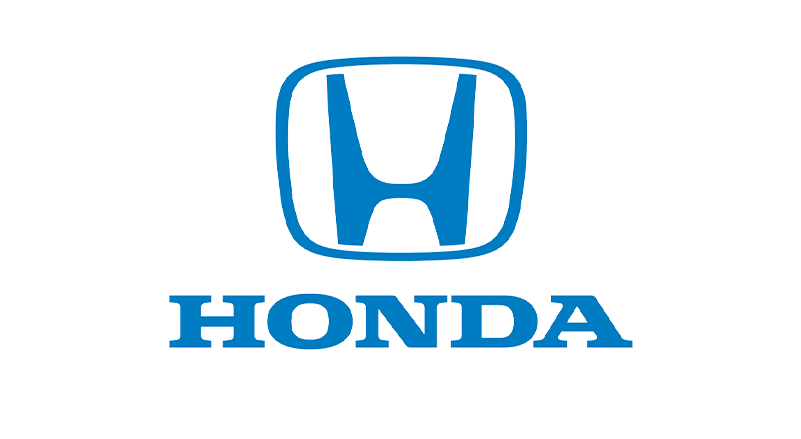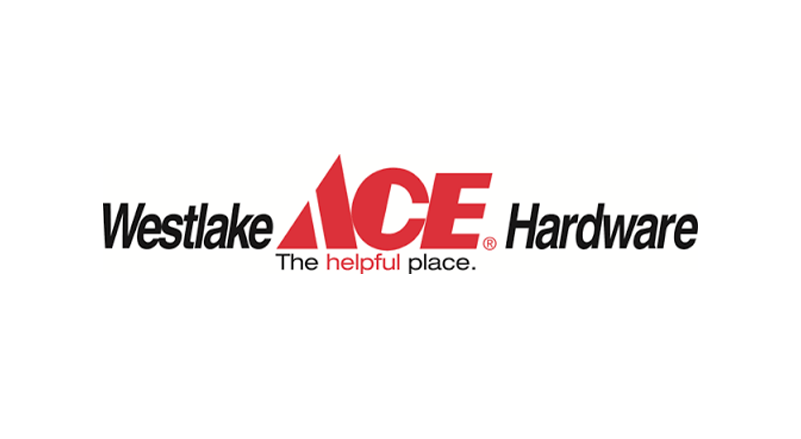5 Realistic, Easy Ways to Reduce Office Waste (and Cost!)
There are a number of things you can do to improve your company's overall efficiency, from investing in renewable energy sources to switching over to LED light bulbs. Both of these options have a huge savings impact, not only by reducing the carbon footprint of your business, but also by drastically cutting annual utility costs. While they do generally yield some up front cost, the return on investment typically occurs very quickly, and when combined with government incentives and rebates, some projects have little to no cost to the customer. (For more information on options available for your specific business, contact one of our energy specialists.)
In addition to the renewable energy and lighting projects available, there are much smaller changes you can make on your own that will reduce office waste. Staffers for the Minnesota Technical Assistance Program, Monique Dubos, (Associate Editor,) Anna Arkin, (Solid Waste Specialist,) and Matt Domski, (Organic Waste Specialist,) recently looked into some simple solutions for offices to reduce waste, (thereby lowering general supply cost as well!)
Their inexpensive strategies include:
1. Establish centralized purchasing and a reuse store for office supplies
A reuse store helps unneeded supplies reach others who need them. An easy and efficient strategy to reduce waste is to consolidate commonly used workplace supplies. First, limit the purchase of supplies such as scissors, pens and pencils, sticky notes, facial tissue, tape, file folders and paper clips to a single person or unit, which reduces redundant purchases and thus purchasing costs.
Next, locate the items in a central location for easy access and encourage staff to place their unneeded supplies in the central supply area. Reuse reduces the need for new purchases and reduces disposal of expired, obsolete or otherwise unused items. Encourage or require that staff seek out supplies in the central supply area before submitting a purchase request for new items.
2. Offer re-usables in the break room or cafeteria
A common source of waste is single-use tableware. Instead of purchasing and providing disposable tableware, encourage employees to bring their own reusable mugs, cups, plates and flatware, or supply reusable tableware and wash on-site. To take it a step further, replace disposable takeout containers with returnable, reusable ones.
With a grant from the Minnesota Pollution Control Agency, two middle schools in Minnetonka, Minn., replaced their disposable tableware with reusable bowls and utensils. They were able to prevent 6,700 pounds of trash and expect to save $23,000 over three years. What’s more, they lightened their environmental footprint: The use of stainless steel utensils reduces greenhouse gases by 77 percent and conserves tens of thousands of gallons of water over the lifecycle of the product.
If your campus cafeteria doesn’t have a dishwasher, it can be cost-effective to install one and make the switch to reusables. A Minnesota Technical Assistance Program assessment of a state agency cafeteria found that switching from disposable to reusable tableware would reduce an estimated 7,700 pounds of waste and save the agency $17,400 annually, even taking into account an initial investment in a dishwasher.
3. Improve your recycling program

Color-coding your company's recycle bins increases the amount of recycling. Improving your facility’s waste and recycling processes is another achievable win. The first step is to create waste stations with bins for trash, recyclables and food or organics, if applicable. Stations should be placed in convenient locations, and trash and recycling containers always should be located together. Labeling bins with clear text and images of acceptable items is an integral component of this strategy.
Color-coding signage and, if possible, containers helps reinforce recycling behavior. Finally, communicating your commitment to waste reduction and information about how to recycle is a necessary step in any recycling improvement process.
A MnTAP assessment of the recycling systems within four Minnesota state agencies found that many recyclables still were ending up in the trash. Setting up centralized waste stations, color-coding bins, updating signage and educating staff would increase recycling rates by up to 12 percent. With a more effective system, the four agencies could recycle an additional 76,200 pounds and save $5,400 annually.
4. Manage your food waste
To achieve a high recycling rate and move toward “zero waste,” looking at food waste and other organic materials (also known as compostables) is a must. Compostables are a large percent of the waste stream. If composting is an option in your area, consider establishing an organics recycling program in your facility. A good place to start is in restrooms, if paper towels are used for hand drying. Bathroom waste bins tend to contain primarily organic waste (paper towels and tissues), making it unnecessary to sort waste and thus easy to capture this material for organics recycling.
Another area to find compostables is in the kitchen or your campus cafeteria. Install organics recycling containers and train kitchen staff to put food-prep waste (pre-consumer food waste) in these containers. You then can expand your program to capture post-consumer food waste in dining areas by educating your entire staff on where to put organic materials.
5. Conduct a waste assessment on your campus
To best understand the opportunities for waste reduction and cost savings on your campus, conduct a waste assessment. A waste assessment involves examining what wastes are generated and how they are managed throughout your facility.
Check out MnTAP’s waste sort tutorial, “How to conduct a waste assessment”
-5 Ways to Reduce Waste and Cost's on Your Company's Campus
Monique Dubos, Anna Arkin and Matt Domski
(For more information on these strategies including case studies proving their effectiveness, stop by GreenBiz.com to read their article.)
While larger projects will obviously have greater overall impacts on cutting wasteful spending and reducing carbon emissions, it is important to look at the whole picture when it comes to making your business greener. Every efficiency transformation you make in your facility is important and adds up to the overall carbon footprint you are leaving on the world, just like every waste reduction strategy you make will increase cost savings.




